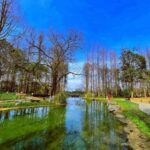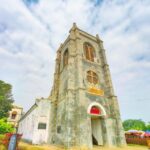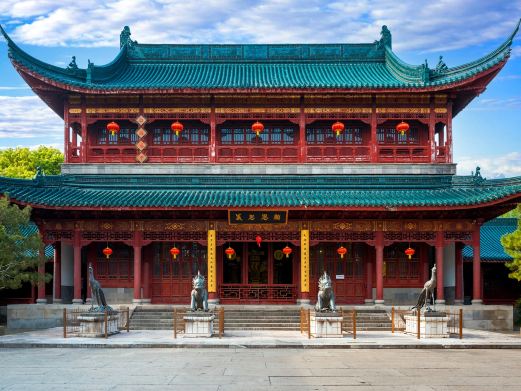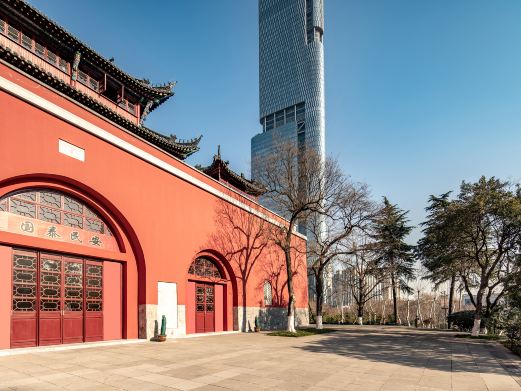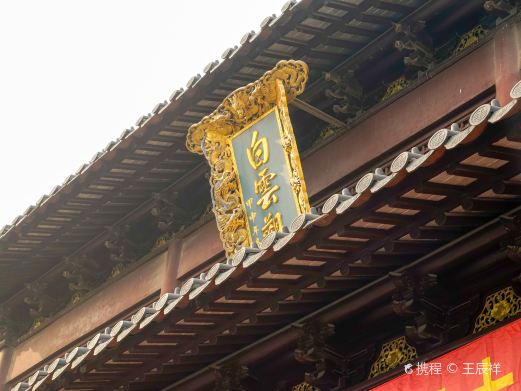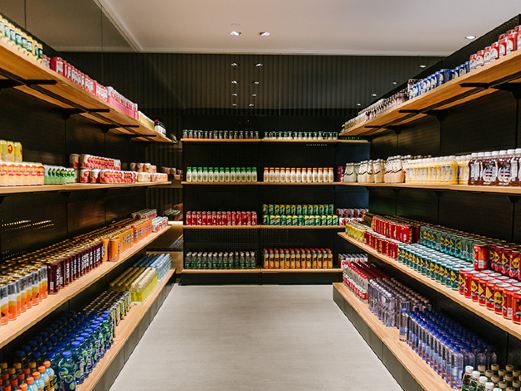Since ancient times, Wuzhou Ancient City has been renowned in Jiangnan for its dual-city pattern (inner city and outer city). The inner city was built in 192 AD during the early years of the Chuping era of the Eastern Han Dynasty. The outer city was built in 903 AD during the Tianfu era of Emperor Zhaozong of the Tang Dynasty. It was repaired many times during the Song, Yuan, Ming and Qing dynasties.
After being repaired during the Shunzhi period, it was known as ‘Among the cities in Zhejiang, Wuzhou is the first’. It used to be a gathering place for government offices, supervision institutions, examination halls and Confucian temples in history. It is the political, cultural and military center of Jinhua in successive dynasties. After thousands of years of vicissitudes, Wuzhou Ancient City has endured the destruction of war and the impact of urbanization. To a certain extent, its overall pattern has been damaged. However, the blocks such as Bayong Road, Jiufang Lane and Gulouli still preserve more than 15,000 square meters of historical buildings. It is the only relatively intact place preserved in Jinhua urban area and carries the history and bloodline of Jinhua. There is rich historical and cultural heritage in the ancient inner city. So far, there are a total of 54 cultural relic protection units and registered historical buildings. There is one national key cultural relic protection unit (Taiping Heavenly Kingdom Prince Shi’s Residence), four provincial-level cultural relic protection units (Bayong Tower, Yongkang Examination Residence, Former Site of Taiwan Volunteer Army, and General Li Youbang’s Office), six municipal-level cultural relic protection units (former site of ‘Zhejiang Tide’, General’s Tower, former site of True God Church, former site of Gospel Hospital, Exhibition Hall of He’s Three Heroes, and Mantang Academy), three cultural relic protection points, and 40 registered historical buildings.Opening hours: Open all year round from 09:00 to 16:30.

